Summary
- The Coffin Corner refers to flight where stall speed nears critical Mach number, risking loss of lift. The aircraft can fall out of the sky.
- High-speed stalls caused by shockwaves while low-speed stalls increase with altitude due to the compressibility effects.
- Airliners must maneuver safely at altitude without encountering high or low-speed buffetting. Buffet onset charts help pilots determine safety margins.
Aircraft wings are designed to generate enough lift to withstand its weight and keep it airborne. A specific set of conditions, including wing geometry, wing area, airspeed, and angle of attack, must be met to enable sufficient lift from the wings. The moment the wings stop generating sufficient upward force, the aircraft falls out of the sky.
In aerodynamic terms, Coffin Corner refers to the flight region where the stall speed comes closer to the aircraft’s critical Mach number. More specifically, a specific speed where anything greater will cause loss of lift due to flow separation, and anything lower can stall the aircraft. In each case, the aircraft is bound to lose altitude and fall out of the sky, resulting in major catastrophe.
The term “Coffin” refers to the loss of life in the case of loss of control of the aircraft, and “Corner” refers to the aircraft’s flight envelope responsible for that specific flight region. Pilots are trained to monitor all instruments during flight and look for signs of such regions to prevent “coffin corner” situations. This article shows a detailed explanation of how the phenomemon occurs, as explained by Airways, and the physical and environmental effects around it.
High-speed flight and compressibility effects
Most of the jet transports in the world travel in the transonic region. On average, a typical jetliner cruises at speeds ranging from 78% to 85% speed of sound. Or, in technical terms, 0.78 to 0.85 Mach number. So, what does the Mach number mean? Mach is the speed of an object relative to the speed of sound.
For instance, if an object is traveling at 0.1 Mach, that simply means that the object has a speed that is 10% of the speed of sound. If the same object moves at Mach 1, that implies that it is traveling at 100% the speed of the sound, or it has the same speed as the speed of sound. When an object reaches Mach 1, it is said to be supersonic, and when the speed goes beyond Mach 1, the object moves into the supersonic regime.
So, why is the Mach number so important? To understand this, visualize an aircraft sitting on the ground. If you hit its nose with a hammer, you hear a sound. This sound is carried by pressure waves that travel at the speed of sound on the ground, which is about 340 m/s. Now imagine the aircraft moving at a certain speed.
If you hit the aircraft while it is on the move, the pressure wave will still travel at the speed of sound. However, this time, because of the movement of the aircraft, the distance between the leading pressure wave and the aircraft decreases. As the aircraft speed increases more and more, this distance further reduces.
In real life, as an aircraft approaches Mach 0.4, the compressibility of the air becomes a factor. As mentioned before, as the aircraft speeds up, it starts to catch up with its pressure waves. Below 0.4 Mach, the pressure wave acts like a police car that clears up the traffic for the President. The pressure waves warn the air molecules ahead of the aircraft to make way for it.
But as the aircraft moves closer to its pressure wave, it can no longer warn the air particles. As there is no warning, the air is suddenly made to undergo big changes which increase its density, temperature, and pressure. At some point, if the aircraft speeds up to Mach 1, it finally catches up with its pressure waves. This causes the pressure waves to bunch up, forming shockwaves.

Related
What Happens When An Airplane Stalls?
We look at the causes behind an aircraft losing lift.
During a climb, the True Air Speed (TAS) of an aircraft increases due to reduced density. Together with the TAS, the speed of sound is also reduced because the speed of sound is directly proportional to the temperature. As temperature decreases with altitude, it reduces the speed of sound. What this means is that as an aircraft climbs higher and higher, its Mach number increases. The formula for Mach numbers is as follows:
Mach = TAS/ LSS, where TAS is the True Air Speed, and LSS is the Local Speed of Sound.
This is important because if an aircraft that is not designed to go above the speed of sound goes above it, undesirable things can happen, such as loss of control. In an aircraft, the flow velocity is the highest on the wings, and thus, it is the most likely part of it that can go beyond the speed of sound the quickest. The wing must be designed to achieve the highest performance during all phases of flight. Boeing states about its 777X wing design,
“The advanced wing design of the 777 features a long span with increased thickness to dramatically improve airplane performance and reduce operating costs. Optimized for the greatest lift with the least drag, the advanced wing shape allows the 777 to climb quicker, cruise faster and higher, and consume less fuel during cruise. Flying at Mach 0.84—virtually the same speed as the 787 and 747-8—the 777 gives airlines the benefit of efficiency and speed.”
So, now let me introduce a new term. The Critical Mach number. The Critical Mach number, or Mcrit for short, is the speed shown on the aircraft speed indicator when a part of an aircraft goes sonic. In a typical aircraft, the wing will reach Mach 1 way before any other part of the aircraft, and if the aircraft is designed for subsonic flight, its critical Mach number plays a major role in the highest speed it can attain.
So, designers have come up with wing designs that can slow down the Mcrit, including the use of swept wings and supercritical airfoils.
.jpg)
Related
What Are Jet Engine Compressor Stalls & How Can They Be Prevented?
A compressor stall is usually associated with a loud bang, and it can lead to flames coming out of the engine exhaust.
High-speed stall and low-speed stall
- Coffin corner: Q or Q corner
- Flight Envelope: Boundary intersects with the critical Mach number (Mcr or Mcrit)
- Mcrit: Lowest Mach number at which the airflow over any part of the aircraft reaches the speed of sound
- Stall: The complete airflow separation over the wing resulting in loss of lift
- Maximum Mach Number: MMO (often intensely close to the aircraft’s stall speed
A high-speed stall is caused by shockwave formation. Because of the drastic changes that are brought to the airflow by the presence of a shockwave, it causes flow separation right behind it. A shock that is attached to the wing consequently causes the airflow to separate from the wing, and this leads to loss of lift. This is called a high-speed stall. With an increase in altitude, the aircraft approaches Mach 1, and due to this reason, with an increase in altitude, the speed for high-speed stall decreases.
Image: Oxford ATPL
On the other side of things, the increased altitude causes the low-speed stall to increase (see this article for a detailed explanation of the low-speed stall phenomenon). The low-speed stall increases with altitude because of compressibility. As explained previously, as the aircraft’s speed increases, the airflow is no longer warned of it. Due to this reason, as the wing’s leading edge hits the airflow, it is made to curve over the wing at a steeper angle.
At normal speeds, the airflow begins to diverge and upwash way ahead of the wing leading edge. Due to the steep approach angle of the airflow, the region of the lowest pressure on the wing occurs much closer to the leading edge, causing the adverse pressure gradient to affect a larger area of the wing. This causes the wing to stall at a lower angle of attack due to early flow separation.
Image: Oxford ATPL
Now, it is understood that with an increase in altitude and speed, the high-speed and low-speed stall gets closer. One increases while the other decreases. At some altitude, these two speeds become one single speed. This altitude is called the Aerodynamic ceiling of the aircraft. Once you reach this ceiling, congratulations, you have officially reached the coffin corner.
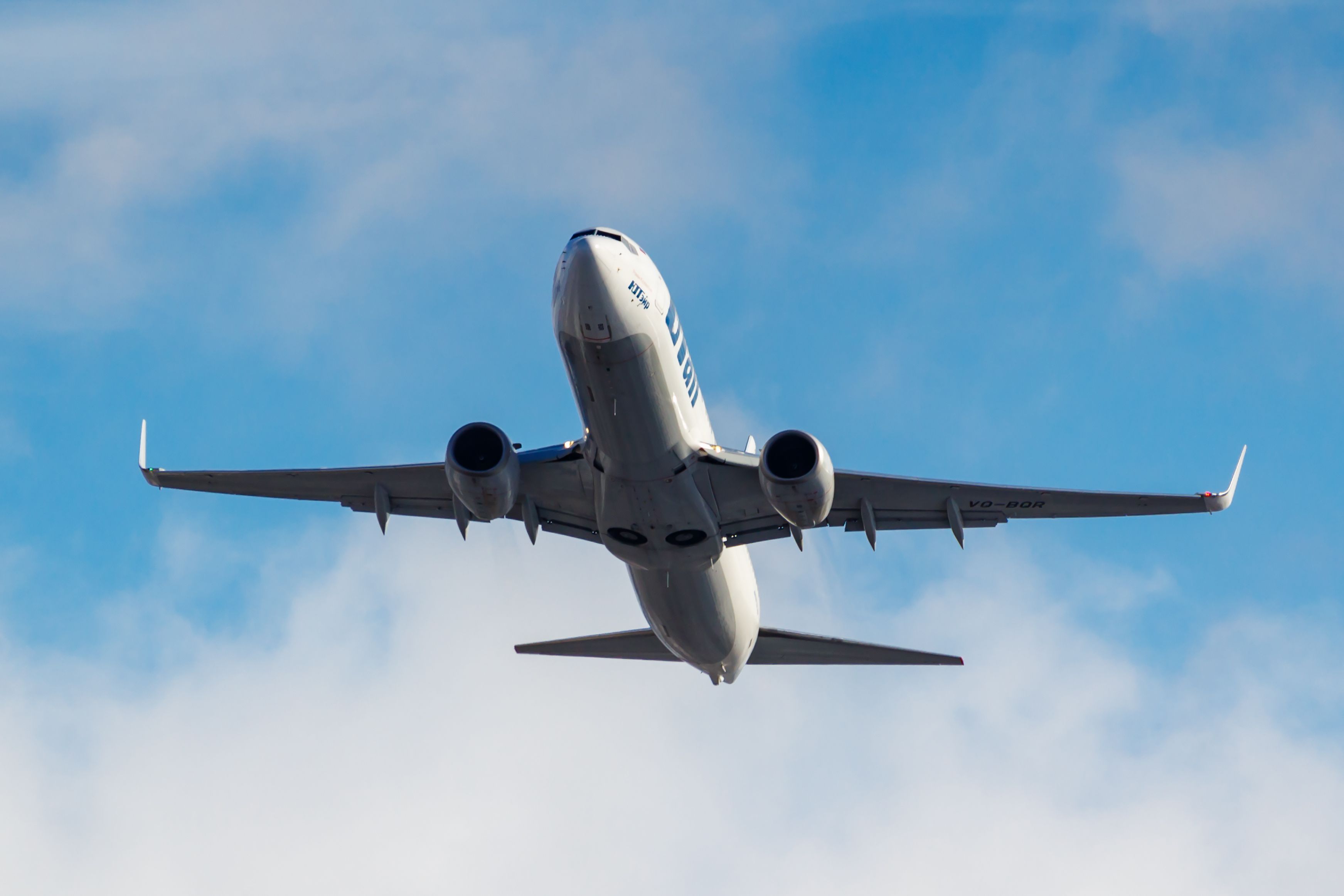
Related
5 Things Every Pilot Should Know About Ice-Induced Stalls
There may be no warnings or cockpit indications during such an event.
How close to the coffin corner do airliners fly?
- Mcrit | Mach 0.72 | Maximum local velocity is less than sonic
- Mcrit | Mach 0.77 | Normal shock wave | Possible separation
- Mcrit | Mach 0.82 | Normal shock wave | Separation
For airliners, there are regulations that govern their certification standards. One of them is that at the highest ceiling, the aircraft must be able to maneuver at least 0.3 gs. This means that the aircraft must have enough margin for the pilot to maneuver without encountering either a high-speed buffet or a low-speed buffet. The buffet is the shaking of the aircraft that is experienced in a stall due to separated airflow hitting the tail surfaces of the aircraft.
Photo: Crystal Air Cruises
Most aircraft manufacturers provide buffet onset charts in the flight manuals, which the pilots can use to determine the altitude, speed, and weight at which low and high-speed buffets can occur. Below is the buffet onset chart of an Airbus A320 with a worked example. First, let us look at the yellow line. When the line from a load factor of 1.0 with an aircraft weight of 60 tonnes is extended to an altitude of 41,000 ft, it can be seen that the low-speed buffet occurs at 0.65 Mach.
Image: Airbus A320 AFM.
To check the high-speed buffet, cruising at 0.80 Mach, we can see that it happens at a load factor of about 1.2 g. Now, look at the red line, which is set up at an altitude of 37,000 ft. In the same manner as before, at a load factor of 1.0 and a weight of 60 Tonnes, the low-speed buffet occurs this time at a lower speed of 0.62 Mach and at the same speed of 0.80 Mach, the high-speed buffet occurs at a load factor of 1.4 g. It can be seen from this example that with an increase in altitude, the low-speed and high-speed buffet margin reduces.
Moving away from the airliners, the military reconnaissance aircraft, the famous U2 Dragonfly flies close to its coffin corner. On cruise, the difference between its low-speed and high-speed stall buffet is a mere 5 knots.
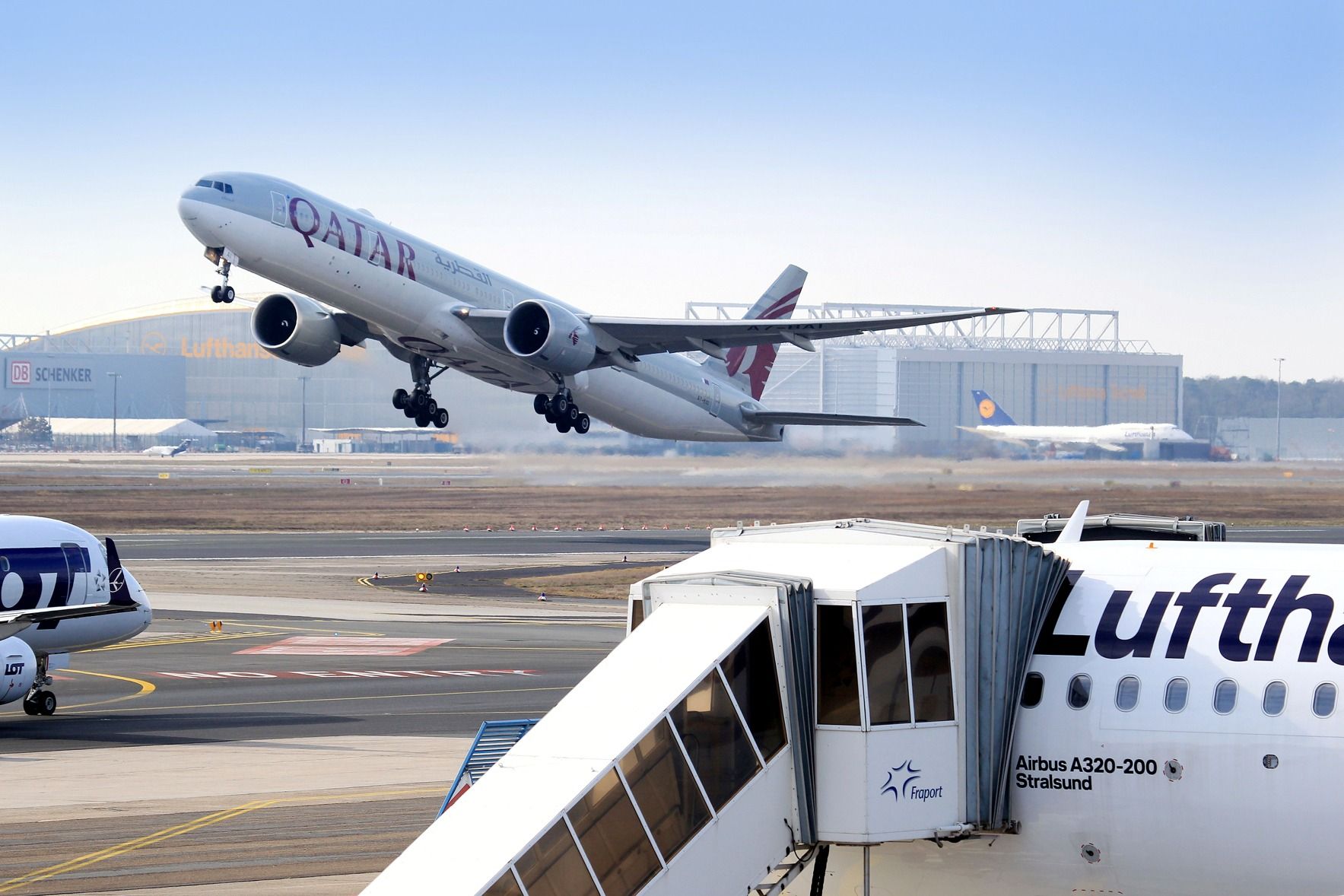
Related
At What Angle Of Attack Will An Airplane Stall?
A wing stalls at the critical angle of attack.
What are your thoughts on the theory behind the coffin corner and the physical and environmental effects? Have you experienced a stall situation during your flight? Share your views in the comments section.


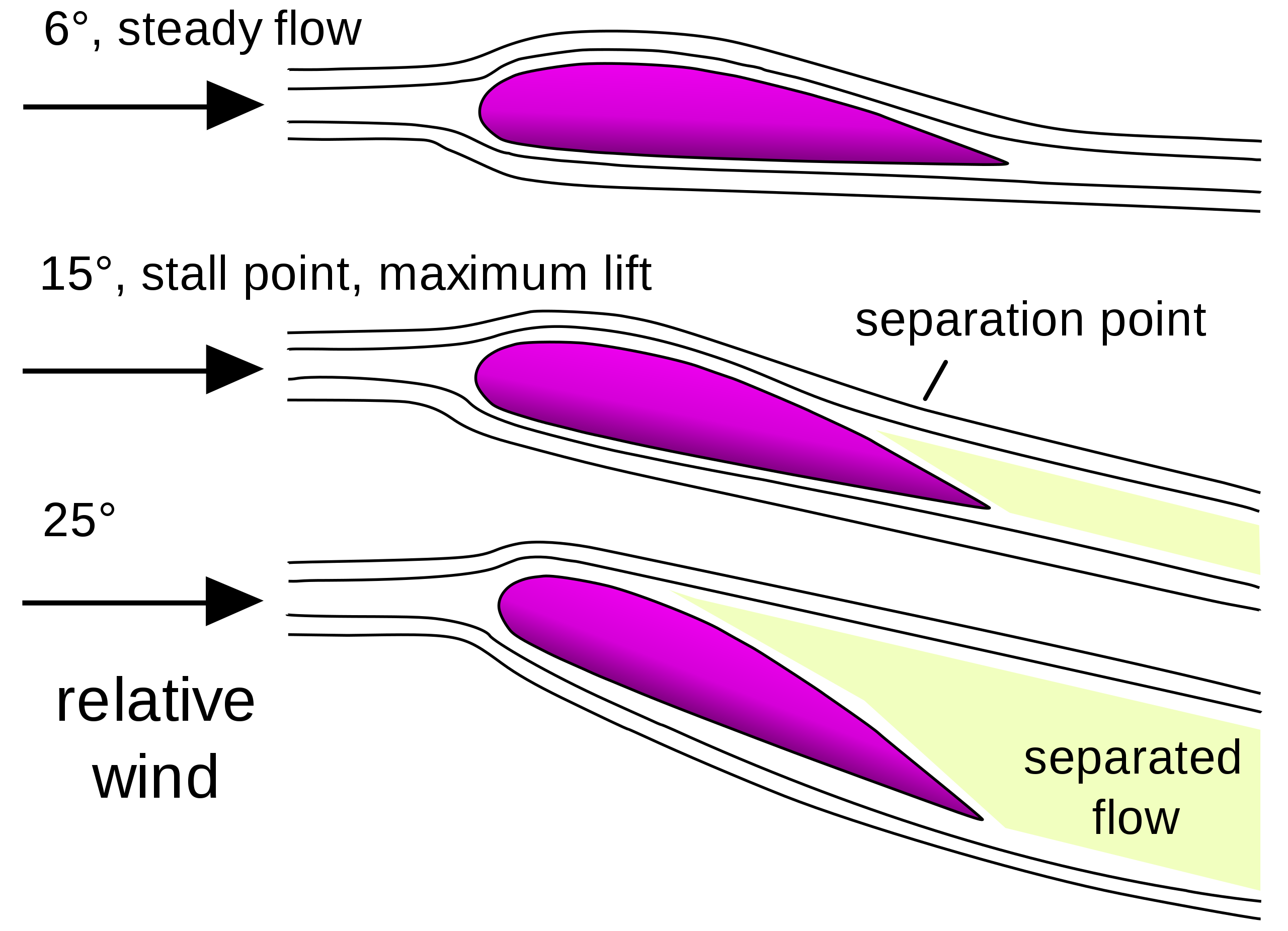

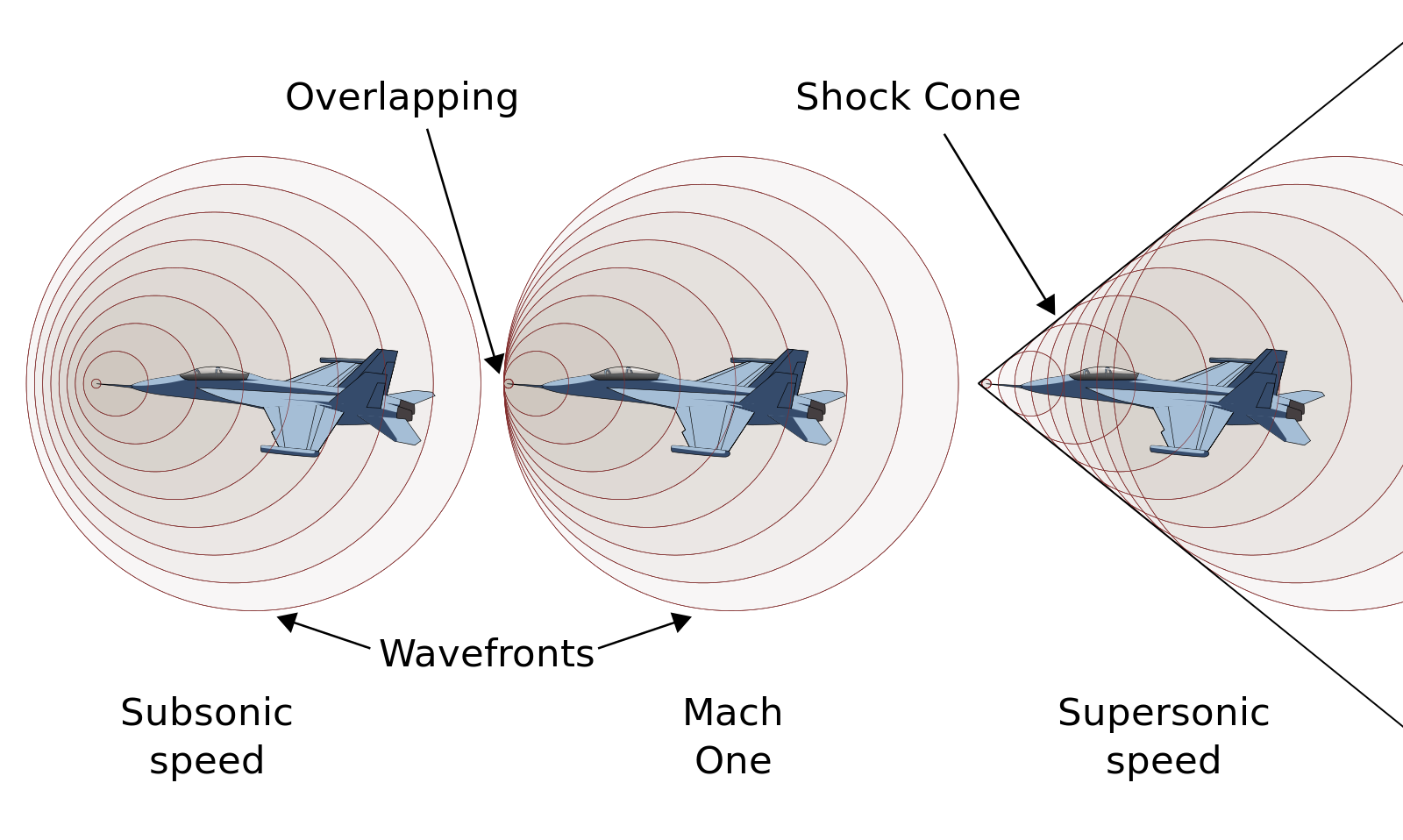
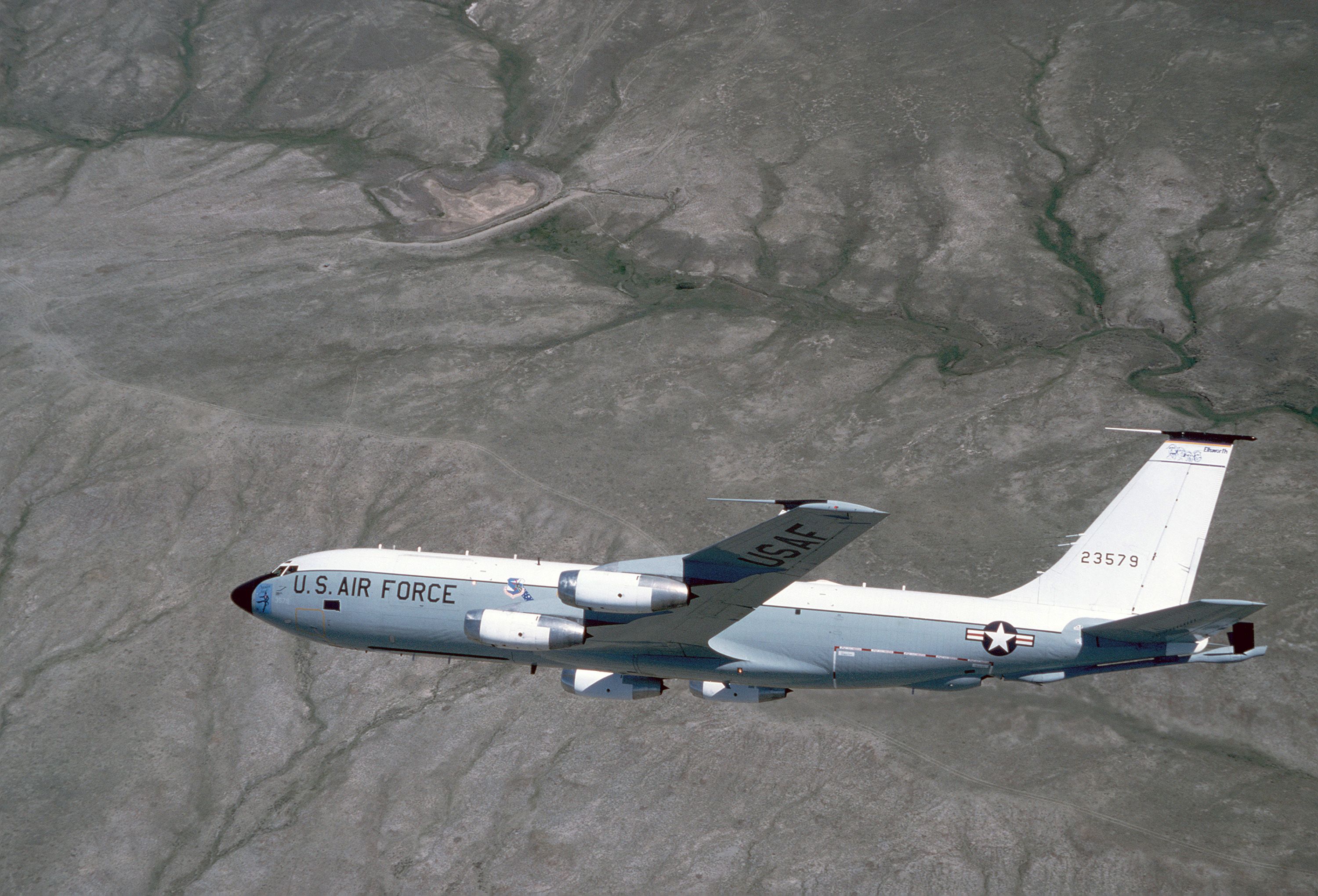

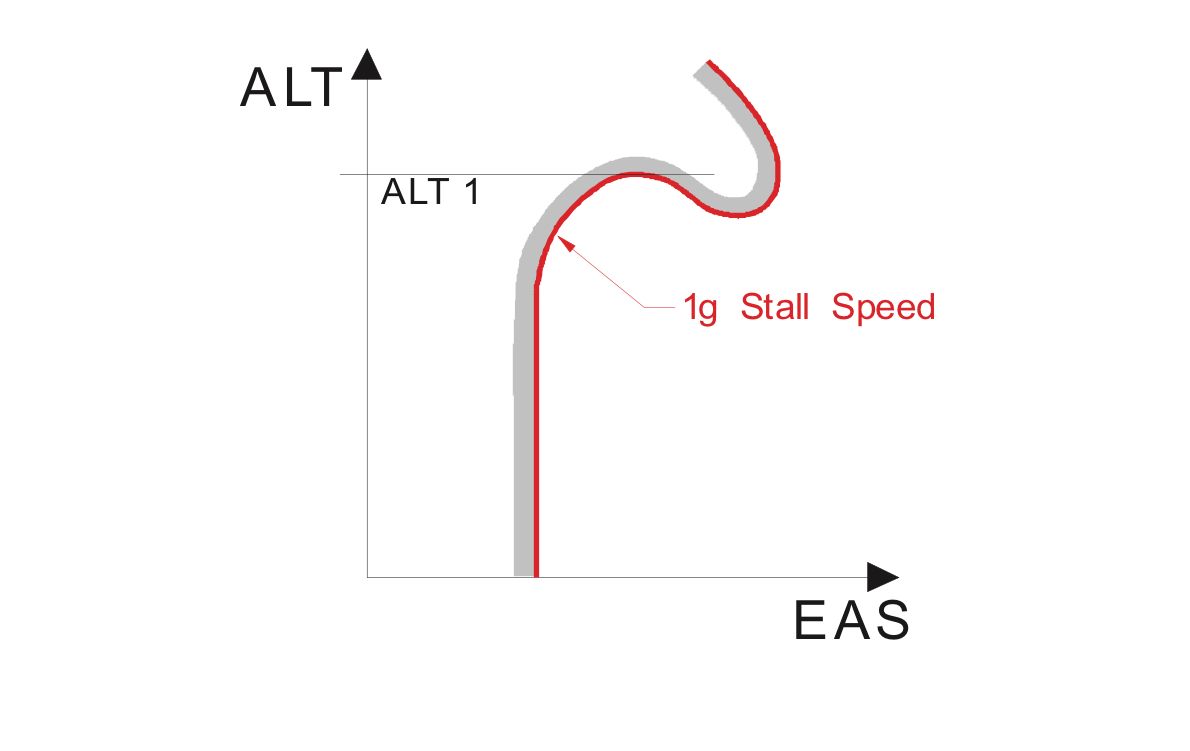
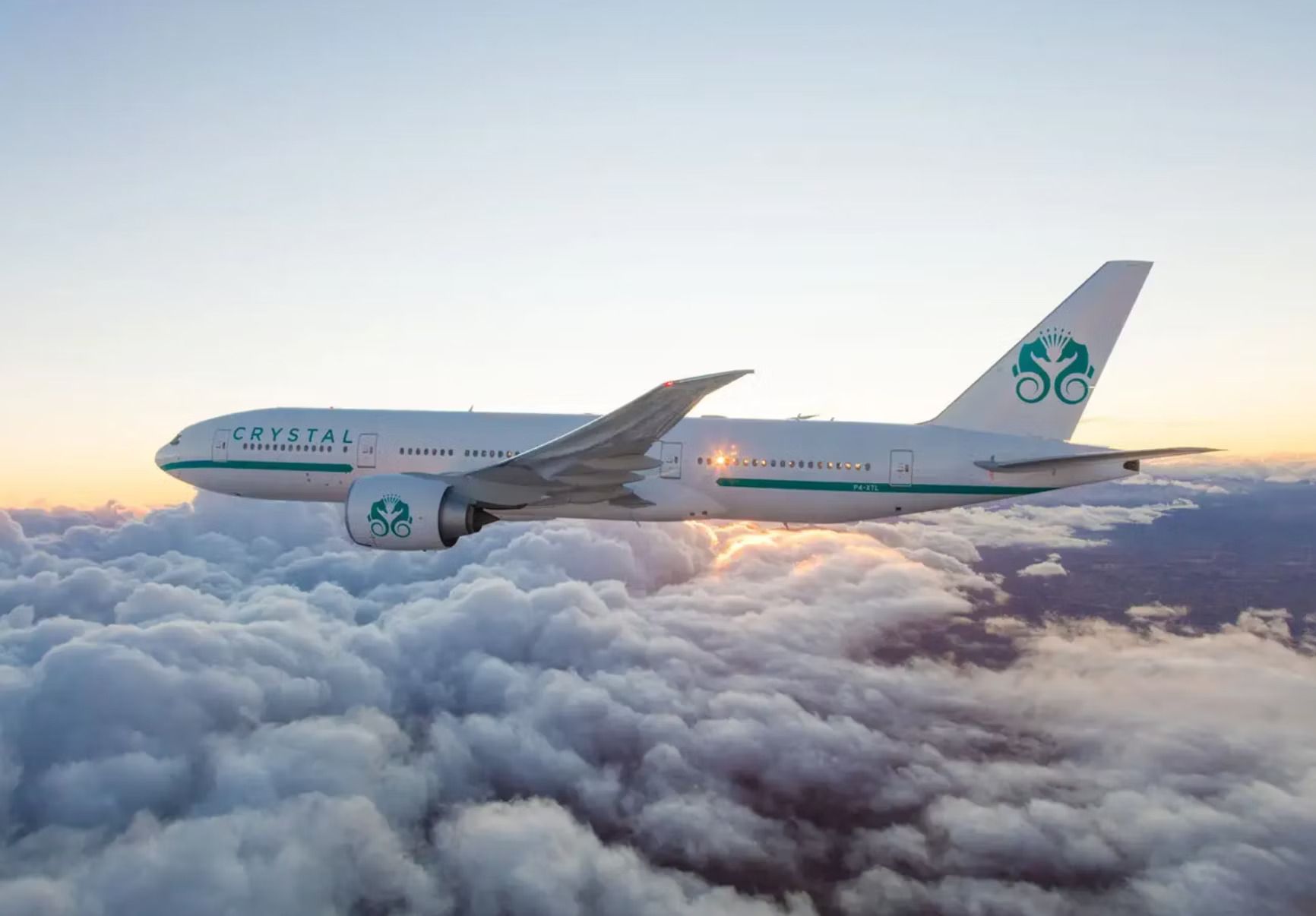
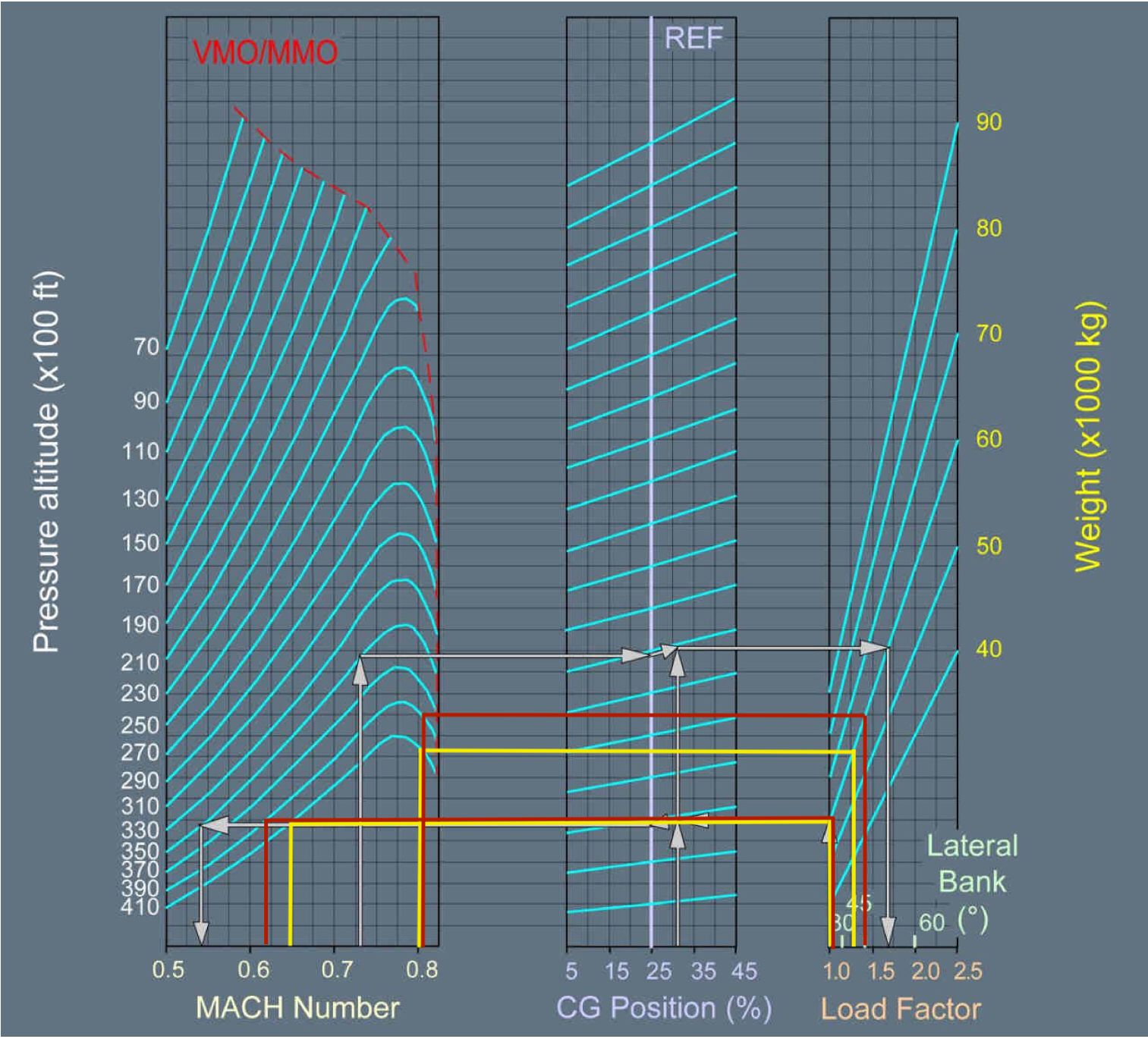
.jpeg)